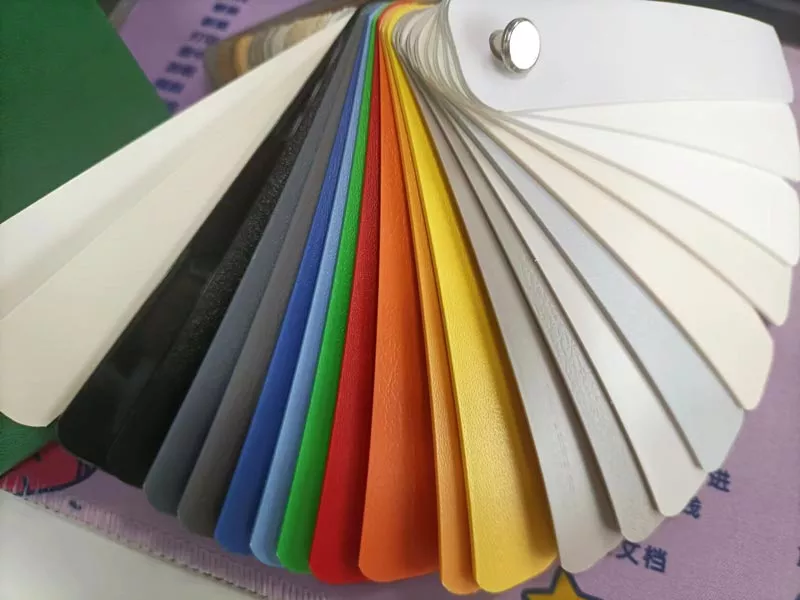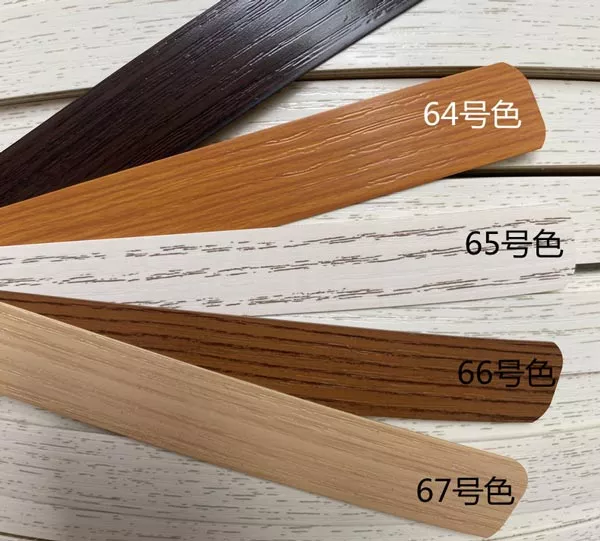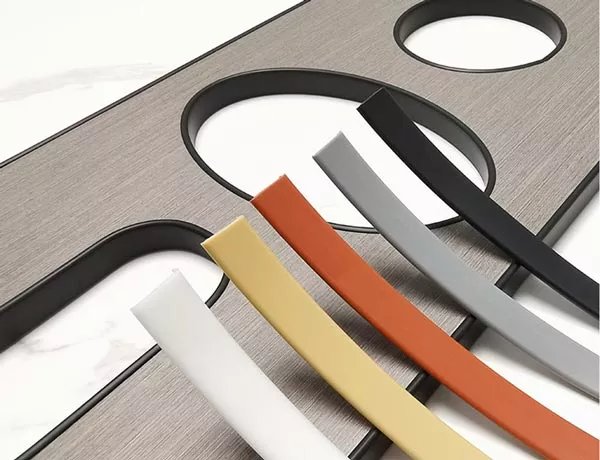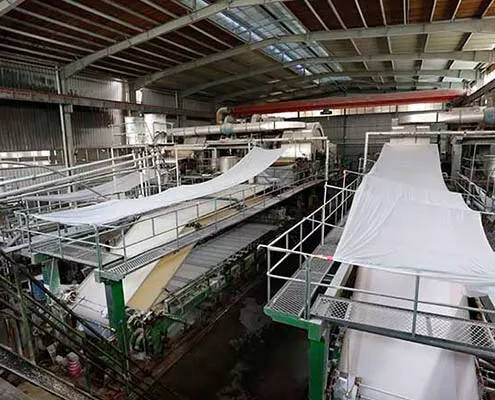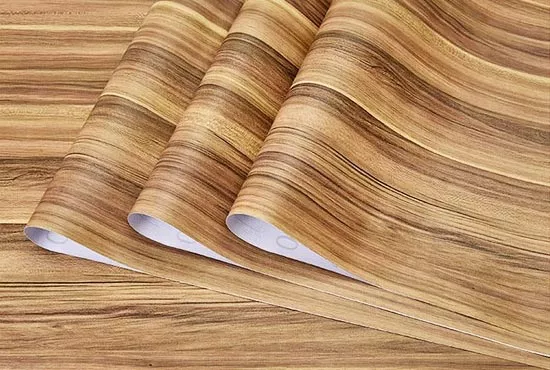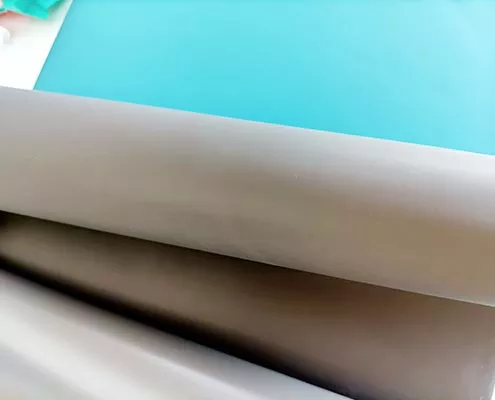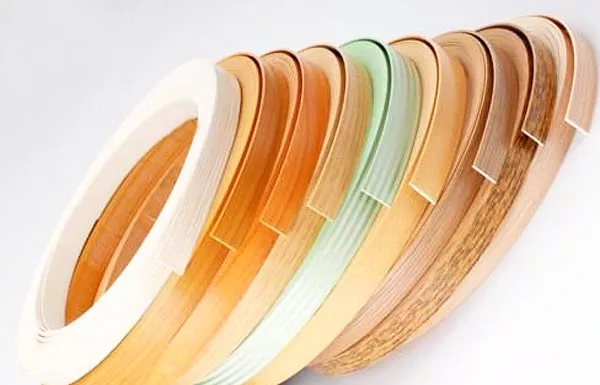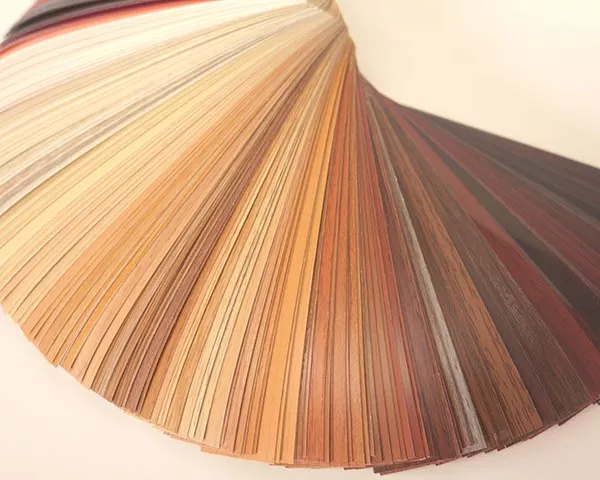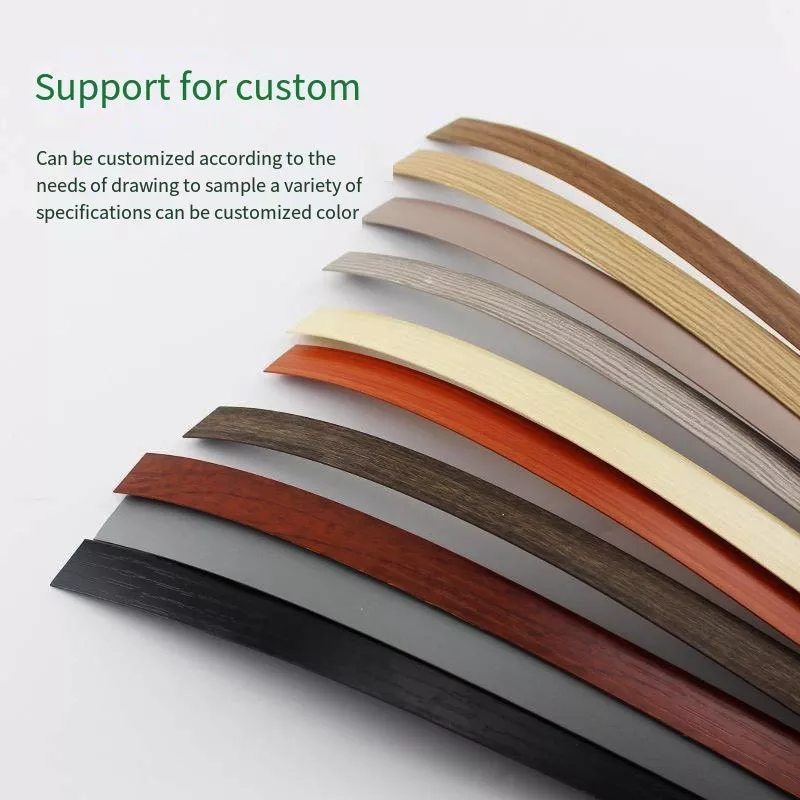
If you are in the market for a new kitchen edge banding material, you might be wondering what the advantages are. This article will discuss a few of them. First, it is durable and easy to apply. Second, it can be easily repaired if necessary. Third, melamine edge banding is an affordable and easy-to-use solution for most projects. Despite its name, melamine edge banding is not made of wood, so it is a synthetic material.
Durable
Melamine edge banding is a durable, smooth finish that is impervious to water, heat, and UV exposure. It is available in a wide variety of colors, including wood grain. The edges of the banding are also easy to apply, and there are no sharp edges. Melamine edge banding rolls are easily applied with a household iron. They are available in a variety of rolls, which allow you to customize your installation according to your specific needs.
Melamine edge banding is a great way to cover the exposed edges of melamine sheet goods. This material is pre-glued, which makes it quick and easy to apply. Its superior quality makes it ideal for use with melamine sheet goods. It can also be trimmed with a razor to fit the edge of your furniture. It can cover uneven surfaces, and it is easy to use. Melamine edge banding can be applied by hand, or you can use a hot air edge bander.
Easy to apply
For perfect edging on melamine shelves, easy to apply melamine edge banding is the perfect solution. This durable product is also easy to apply, trim, and comes in many colors and wood grain patterns. Easy to apply melamine edge banding can give your shelves a professional-looking edge without the expense of a professional sander. Here are some of its benefits:
Easy to apply melamine edge banding is available in two varieties: self-adhesive and iron-on. Self-adhesive edgebanding is easy to apply and comes with a peel-and-stick backing. It simply peels off the backing and sticks to the edge of the particleboard. It is very durable and offers excellent colorfastness and opacity.
Easy to apply melamine edge banding is a DIYer’s dream come true. This material is backed with hot-melt adhesive and is available in species that match most hardwood plywoods. The strips are available in different lengths (e.g., 8 feet) and in different colors. While the most popular ones are white, black, and almond, you can also find them in 50-foot rolls.
Easy to trim
The flexible melamine edge banding is very easy to apply and trim. Its smooth surface resists moisture, heat and UV rays. It is also suitable for curved surfaces. It is available in a variety of colors and wood grain patterns. It is durable and compatible with most types of furniture. It is easy to install and requires no professional tools. It is available in rolls of 50-250 feet.
For ease of application, it is better to opt for melamine edge banding. You can use a razor blade to cut the banding to fit your project. You can also use a heat activation iron to apply this edge banding. It is also easy to apply, requiring no special tools. Moreover, it is easy to use and requires little time. In addition to this, it is available in various wood species and melamine.
Easy to repair
Melamine edge banding is a popular choice for home and commercial use. It comes in a wide variety of colours and finishes, including wood effect finishes. It’s also very durable, making it an excellent choice for low-cost repair projects. Melamine edge banding is used extensively in the manufacture of cabinets, shelves, worktops, and wardrobes. DIY enthusiasts often use melamine edging to repair damaged furniture.
The melamine finish makes drilling difficult. However, a hot iron can be used to repair a cracked panel. This fastens the air into the protective melamine film layer. Once the melamine film layer is softened, it won’t be as easy to crack. In the event of a cracked edge, you can apply a thin layer of milky white glue to the base wood.
If you are looking for edge banding supplier in China for your project, please feel free to contact Yodean Decor for more details.

